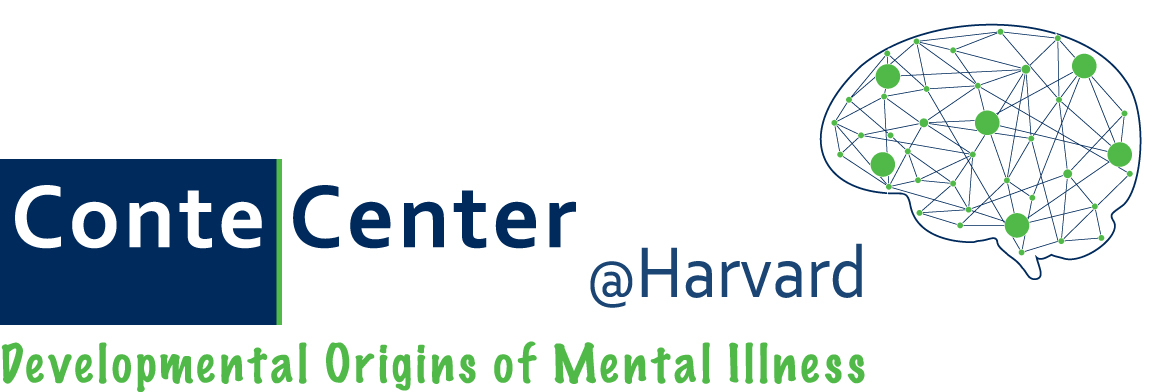A new review explains how different methods of tissue clearing work
Imaging biological tissues is always a challenge because they are three dimensional, and issues of light scatter make it hard to clearly view deeper structures without cutting sections. Neuroscientists have long been interested in methods for “clearing” - or making more transparent -brain tissue so it is easier to image intact.
“I think as a neuroscientist there’s no part of the body where clearing is potentially more influential in moving forward,” says Jeff Lichtman, a professor of molecular and cellular biology and Conte lab head who teaches microscopy at Harvard and the Marine Biological Laboratory in Woods Hole. “I’ve been following this work for a long time.”
But there are a number of different methods for tissue clearing, each with their own caveats, and many researchers struggle with the decision of picking the method most appropriate for their application. Recently, Lichtman and Doug Richardson, director of imaging at the Harvard Center for Biological Imaging wrote a comprehensive yet succinct review explaining the principles behind tissue clearing and presenting the benefits and drawbacks of various methods that is likely to be a valuable resource for biologists with a wide range of imaging interests.
Read the full review in Cell:
Richardson DS, Lichtman JW. Clarifying Tissue Clearing. Cell. 2015 Jul 16;162(2):246-57.
See also the related news post on Department of Molecular and Cellular Biology website:
“Cleared Tissue Imaging at the Harvard Center for Biological Imaging”

